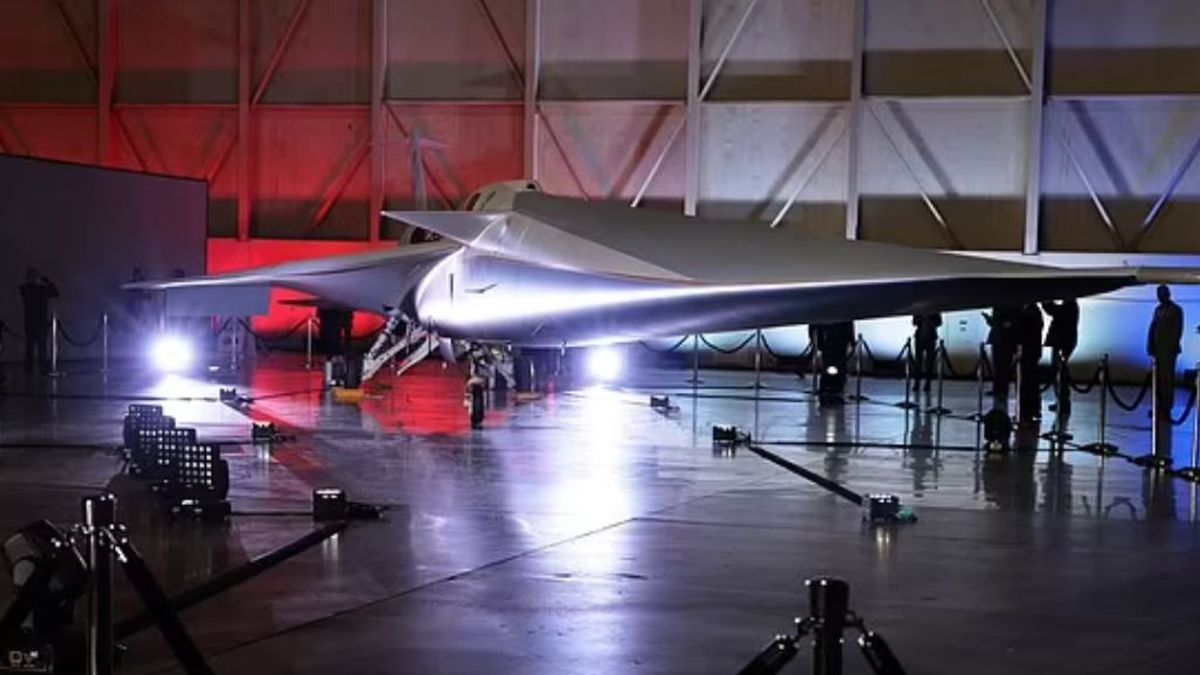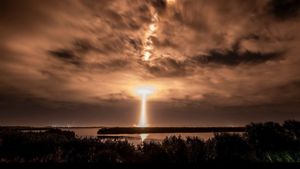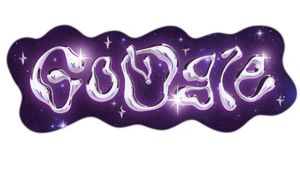JAKARTA - NASA has officially uncovered their newest supersonic aircraft known as the'son of the Concorde', with a length of 100 feet, named X-59. The aircraft is capable of flying at a speed of 937 miles per hour faster than the speed of sound.
If you get permission to use it on commercial flights, this $247.5 million aircraft can fly from London to New York in less than four hours, without producing a noisy'sonic boom' like what happened to Concorde.
The X-59 engine is placed at the top of the plane to produce a calmer 'thump' sound compared to the Concorde, the last supersonic aircraft to fly. The thin nose of the plane bursts apart the shock waves that typically cause the supersonic aircraft to produce sonic booms.
X-59 was developed by American aerospace company Lockheed Martin, after winning a design contract worth $247.5 million from NASA in 2016. The two officially introduced the futuristic aircraft in Lockheed Martin's Skunk Works division in Palmdale, California on Friday 12 January.
With a unique configuration, the cockpit of the plane is located almost in the middle of the long plane, and it is not equipped with a forward-looking window. Instead, engineers developed the so-called 'eXternal Vision System', a series of high-resolution cameras that feed 4K monitors in the cockpit.
According to NASA, the aircraft is scheduled to fly for the first time this year, followed by its first quiescent supersonic flight. Aircraft tests will be carried out at Skunk Works before being moved to NASA's Armstrong Aviation Research Center in California, which will be its operational base.
The X-59 project aims to eliminate the sonic loud booms that were heard over cities during the Concorde era, while still flying at Mach 1.4. Sonic booms occur when shock waves from objects moving through the air are faster than the speed of the sound to join before reaching the ground. X-59 is designed to prevent the shock waves from uniting.
NASA hopes to reduce the sound of the sonic boom to a 'thump' that is calm, similar to the booming sound of thundering in the distance or neighbors closing their doors. After completing this year's test flight, NASA will take the aircraft flying over cities across the United States, which has not yet been selected.
SEE ALSO:
They will collect feedback on the votes generated by X-59 and how people think of it before providing data to the Federal Aviation Administration (FAA).
X-59 is part of NASA's Quest mission, which aims to provide data to help regulators reconsider rules banning commercial supersonic flights over land. For 50 years, the US banned such flights due to disruptions caused by the sonic boom.
This is a great effort to bring back the supersonic aviation era after the legendary Concorde, which flew for 27 years, retired in October 2003. Since then, neither the government nor manufacturers have succeeded in building commercial aircraft that can fly faster than the speed of sound.
One of the X-59 competitors also dubbed the'son of Concorde', the Boom Supersonic's Overture, is also preparing for its inaugural flight. However, Boom Supersonic has yet to reveal a full sized version of their X-59 competitor.
The English, Chinese, Japanese, Arabic, and French versions are automatically generated by the AI. So there may still be inaccuracies in translating, please always see Indonesian as our main language. (system supported by DigitalSiber.id)


















